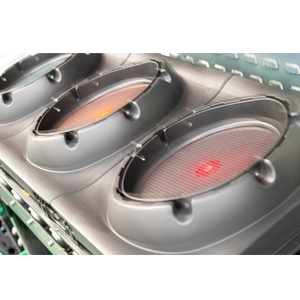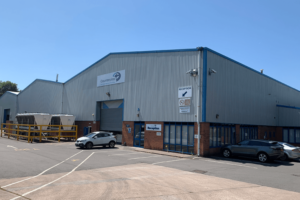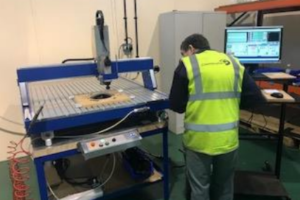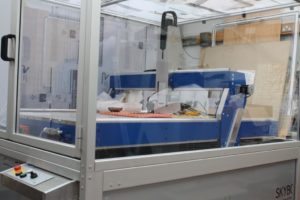June 15, 2017
 So you need to select the correct material for your project? – in order to determine the best material for your project, there are 3 key questions to be asked;
So you need to select the correct material for your project? – in order to determine the best material for your project, there are 3 key questions to be asked;
All of the above should be taken into consideration when choosing the best material for your project and polymer choice is down to a number of different attributes – price, heat resistance, chemical resistance, shrinkage, flame-resistance, tensile strength, flexural strength. Remember to take into consideration plastics that are amorphous as these are less free-flowing but tend to shrink less, compared to crystalline or semi-crystalline plastics which flow better but have higher shrinkage rates. Plastic suppliers will give guidance on shrinkage, temperature and melt flow rates.
Amorphous
These polymers possess widely different mechanical and physical properties owing to their structure and temperature. Transparent with a low shrinkage rate, are soft, but have poor chemical resistance, do not have a sharp melting point, but have a high gas permeability.
Semi-Crytalline
As crystalline polymers contain considerable amounts of amorphous material they are generally called semi-crystalline polymers. Opaque or translucent, with a high shrinkage rate, are hard, have good chemical resistance, but a low gas permeability.
Basic characteristics of polymers and their applications
All plastics fall into 2 basic categories:
Commodity resins are often used for everyday applications and mass produced as they are easy to process and inexpensive ie containers and bottles. Engineering resins are more expensive but offer better strength and resistance to both the environment and chemicals, ie electrical components, auto parts. Speciality high-performance resins are expensive and used in aerospace.
To keep costs low, manufacturers can use additives or fillers to obtain the qualities they need at a much lower cost.
Common additives used and their applications
Antimicrobial – used in food related or high contact consumer products
Antistatics – used to decrease the static electricity conduction
Plasticizers and Fibres – used to make the resin more pliable and fibres add strength and stiffness
Flame Retardants – used to make products resistant to combustion
Optical Brighteners – used to improve whiteness
Colourants – used to add colour or special effects such as pearlescence or fluorescence
Choosing the right material is key to creating perfect plastic parts. It is important to work with an injection moulder who has extensive knowledge and experience in this area and good relationships with resin suppliers. Do you need any further information? Let us know by contacting our sales and technical team, who are always happy to help.
SEE ALSO:
PART 1 – DESIGNING AND BUILDING THE TOOL

July 04th, 2019
Leading technical injection moulder, Counterplas, has set ambitious growth targets, buoyed by their recent move to a large new facility in South Staffordshire.

February 02th, 2018
Counterplas have invested in the latest Rhino version 5 software, widely acclaimed as the world’s most robust 3-D development platform for specialty modelling, rendering, analysis, and fabrication tools.

January 08th, 2018
We have invested in a new CNC routing system for production of illuminated bespoke street furniture for a new client in Germany. A ‘blank’ is injection moulded and then routed to provide one of 270 variants.